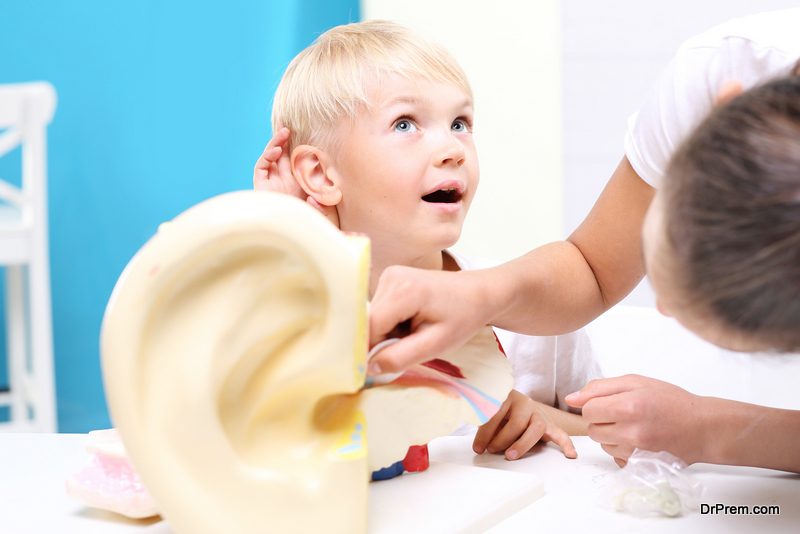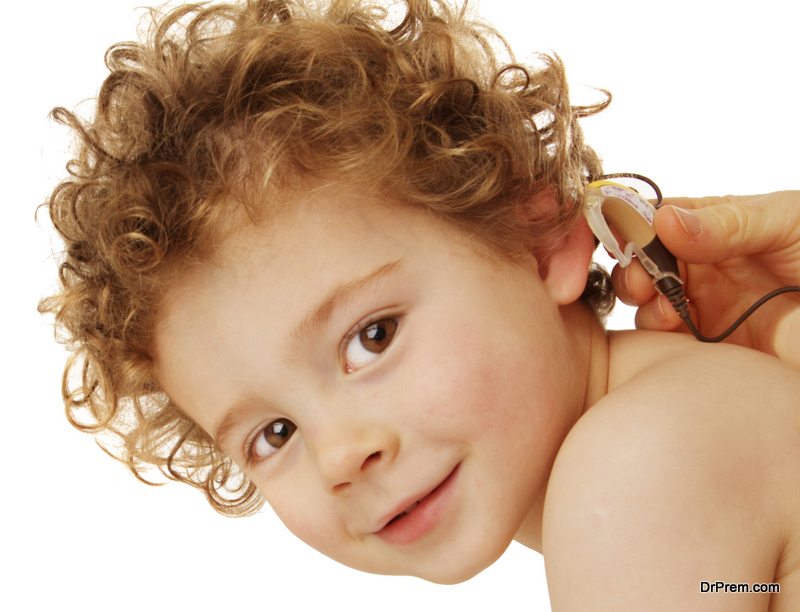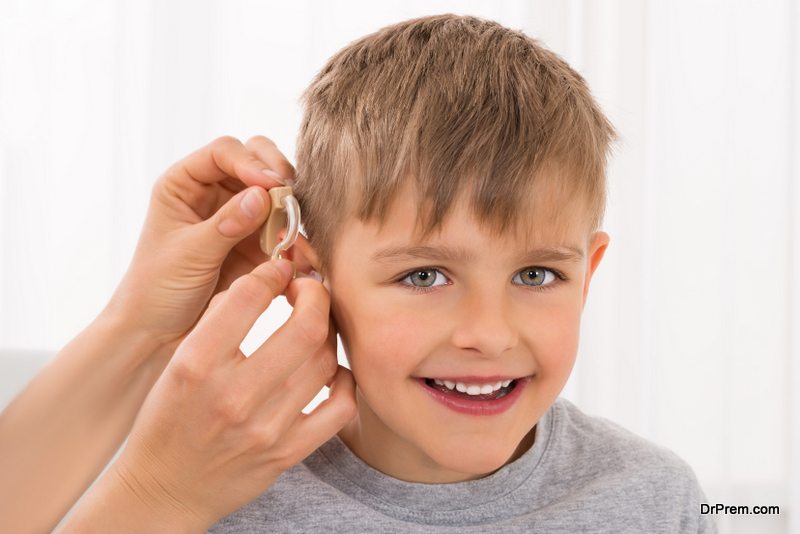Getting a hearing aid can be life changing – we’ve all seen the tear-jerking videos on social media of deaf children hearing their mothers’ voices for the first time after having one fitted. Whether you are hearing for the first time or regaining it, hearing aids are astonishing feats of engineering that allow people to enjoy all their senses again.
If you think you or someone you know would benefit from a hearing aid, read this article to find out about the different types, the benefits, and how you can adjust to your aid.
Different Types of Hearing Aid

· Behind the ear (BTE)
This is the most common type and involves a device that sits behind the ear with a plastic tube that reaches into the ear canal with a snug fit. They’re the easiest type to use (best for children and the elderly) and are suitable for most kinds of hearing loss.
· Receiver in the ear (RITE)
Similar to BTE, but smaller and more discreet. The in-ear speaker is connected to the device with a thinner wire. They are less visible but potentially fiddlier to use for people with reduced dexterity.
· In the ear (ITE)
Again, these can be trickier to use then BTE or RITE but cannot be seen from behind. They fill the entire inner space of the ear and are suitable for most hearing loss patients.
· In the canal (ITC)
These are smaller and more discreet than ITE and fill only a small opening of the ear. Due to their small size, they are easier to lose but best if you don’t want much visibility of your aid.
· Invisible in the canal (IIC)
This is the smallest hearing aid device available and will be barely visible to anyone. The downside is that they are usually not powerful enough for people with profound hearing loss and are very tricky to place so must be inserted and removed by a specialist.
Benefits of Hearing Aids

While they won’t make your hearing perfect, hearing aids make sounds much louder and clearer, reducing the impact that loss of hearing has on a person’s life.
Here are the ways that getting a hearing aid can benefit your life:
- Helps you hear speech more clearly.
- Helps you receive everyday sounds like the phone ringing, traffic and birds chirping.
- Improves your confidence in conversations.
- Enables you to hear the TV and music at a volume more suitable to your whole household.
- If your hearing is getting worse, an aid will boost it back up to a manageable level and help you keep your hearing for much longer.
How to Get Your Child to Adjust to Their Hearing Aid
Getting used to wearing a hearing aid can be particularly hard for children – sometimes they don’t like the sensation of wearing something in their ear and worry about the reaction of their peers at school.
Ease their reluctance with the following tips:
- Get easy to handle hearing aids. Start with BTE or RITE and as your child grows older than can move onto smaller, less visible kinds.
- Allow your child to customise their hearing aid – get coloured batteries and accessories from a company with a strong reputation among hearing aid suppliers like Hearing Aid Batteries Express. Personalising the device will help them to like it more and feel like it’s a new extension of themselves.
- Assure your child that nobody will be mean because of their hearing aid, but that they may just have to explain to other children that it’s a device which helps them to hear better, if asked. After that, other children will barely notice it!
- Let your child’s teachers know that they are feeling worried about it so that the situation can be handled with care.
How to Get a Hearing Aid
Consult your doctor about your hearing loss, who will assess you to see if you would benefit from one, and if so, which kind. They will refer you to a specialist who will create an aid personalised to you, which will usually be ready to take away within a few weeks.
Article Submitted By Community Writer




